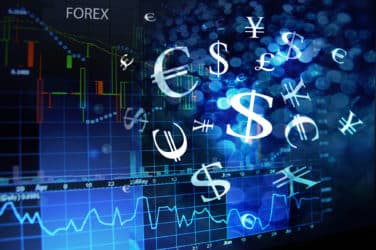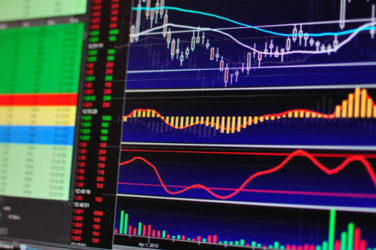The next generation of trading is about unleashing artificial intelligence.
“If I’ve got years of market and trade data, what am I missing?” said Ben Sylvester, head of JPMorgan Asset Management’s U.S. equity trading group. “Are there correlations that when a market is doing one thing, managers are doing another? And what can I learn from that? And above what’s observable, are their pairings, correlations or lessons learned that a computer can pick up in terms of pattern recognition?”
For the next generation, some form of machine learning will figure out patterns with a high predictive, rather than descriptive, quality.

Ben Sylvester, head of U.S. equity trading, JPMorgan Asset Management
“I might have a sample set of our own data and data from the market, but it’s very hard to sift through all of it, as you’re talking about millions and millions of records,” said Sylvester.
“In our next-generation trader workstation, you can marry the two. When an order comes up under a certain market circumstance from a specific manager, what you might ask yourself is, have I seen this movie before? Wouldn’t it be interesting if I can use pattern recognition, say for example the last time there was one standard deviation between Home Depot and Lowes, this was how Home Depot behaved?”
Rules of Engagement
From a technical analysis perspective, a computer can be fed “limited rules of engagement and it will look for patterns”, Sylvester said. “There is so much data out there—what we want to do is marry our trade data, which is structured with a sense of hierarchy of the products, traders and managers involved, with market data, which is unstructured,” he said. “If you can marry the two, I think it would be very profitable.”
The potential for machine learning lies in its ability to supplement brute-force number crunching by shaping masses of raw data into intelligible and actionable information.
“What attracted me to machine learning is its huge applicability to computational problems,” said Spencer Greenberg, founder of hedge fund Rebellion Research, which employs machine learning in its trading algorithms. Greenberg is currently pursuing a doctorate at New York University’s Courant Institute of Mathematical Sciences.
A classic example is natural language processing. Google Translate, a service that provides instant translations between 64 different languages, can translate words, sentences and web pages between any combination of supported languages.
By detecting patterns in documents that have already been translated by human translators, Google Translate can make intelligent guesses as to what an appropriate translation should be.
This process of seeking patterns in large amounts of text is called ‘statistical machine translation’.
Since the translations are generated by machines, not all translation will be perfect. The more human-translated documents that Google Translate can analyze in a specific language, the better the translation quality will be.
“Google is employing machine learning to translate documents by leveraging the work that humans have already done in translation,” said Greenberg.
Crystal Ball Gazing
AI is often deployed out in financial markets today through predictive analytics.
“First, data sets need to be recognized,” said Dan Watkins, director of business development at Perseus Telecom, a provider of trading connectivity. “For example, U.S. equities market data—full depth—12 months. Then it needs to be placed in a data warehouse, for real-time turnaround. Algorithms can then scurry through the recorded days, replaying market events and developing computations that enable pattern recognition, so that when a similar day’s events occur the predictive algo can make a suggestion of what to do, based on what is to come.”
An example is a platform that NYSE Euronext has developed in collaboration with William Ryan Group to enable New York Stock Exchange floor brokers to manage and analyze transaction activity.
The Execution Cost Management Analysis Service, which William Ryan Group, a provider of trading related analysis services, customized for the NYSE is updated every trading day, with NYSE and NYSE Amex execution transaction cost data.
The service, which includes a variety of highly granular analyses, calculates trading fees and rebates for all of a firm’s NYSE and NYSE Amex executions and can also look at costs by algorithmic versus non-algorithmic trade executions, billable versus non-billable executions and aggregate trading volume analyses.
By providing floor brokers with ready access to trading cost data, the service helps them gain insight into the trading activity performed for each customer, and to design and implement execution strategies.
Although machine-based learning is still very much in the formative stage, its potential for financial trading appears limitless.
“Perhaps the easiest conceptual comparison is to think of the kind of machine learning used in weather prediction,” said Tim Grant, chief executive of Benchmark Solutions, a provider of streaming market data. “The weather system provides an excellent example of a large, complex, dynamic and noisy system that has benefited from the application of machine-learning techniques. Also the kind of Bayesian network technology that underlies search engines like Google can be applied to our industry.”
Noted John Bates, chief technology officer at software provider Progress Software: “In telecommunications, I have come across some systems that track network events and determine what is ‘normal’ and can then flag up things that are ‘abnormal’. This is not dissimilar to what is already being done in risk and market surveillance, for example. In credit card and banking fraud, similar techniques are also applied. I see the take-up of these techniques going mainstream this decade.”




